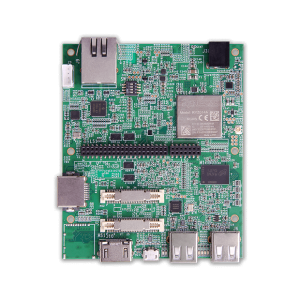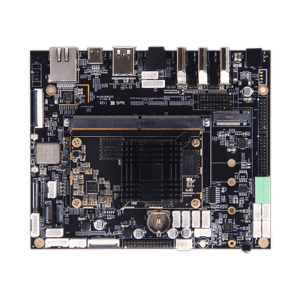How System on Module Accelerates Solution Development Cycles
How System on Module Accelerates Solution Development Cycles
Blog Article
System on Element vs. Simple Panel Computer: Important Differences Explained
Creating a new service usually requires extensive timelines, intricate designs, and significant resource investment. For businesses looking to increase this process while sustaining top quality criteria, a computer on module gift suggestions an innovative solution. This small component not merely simplifies the development method but in addition assists increase item progress rounds without diminishing operation or reliability.

SoM: A Developing Block for Successful Item Growth
A Program on Element (SoM) is really a complete processing module that encapsulates most of the components needed to run a specific application. It always consists of a processor, storage, storage, and other essential peripherals such as connectivity choices and interaction interfaces. The important thing advantage of an SoM is their compact size, rendering it an easy task to integrate into any item design.
Streamlining Product Progress with SoMs
Traditionally, creating a new product requires planning and building every component from scratch. This method can be time-consuming and resource-intensive, especially for complex products.
What is a Process on Module
A Process on Module, frequently abbreviated as single board computer ai, is a lightweight, integrated circuit that comes pre-loaded with important parts just like a microprocessor, memory, energy management, and sometimes even connection options. Consider it as a pre-built basis for the product, enabling designers to concentrate on unique functionalities without reinventing the wheel.
Why Process on Component Benefits Solution Development
Here certainly are a several ways a Program on Element significantly speeds up the item growth process.
Simplifies the Style Process
Developing a custom panel from damage requires time-consuming projects like choosing components, developing the signal, and testing hardware. By integrating different primary functionalities, an SoM simplifies this process. Designers may focus on developing the initial facets of their solution instead of worrying about low-level hardware complexities.
An example worth taking into consideration is in IoT devices. Rather than developing every component, developers can use an SoM to integrate important IoT functions quickly, decreasing the entire time for you to market.
Minimizes Risk
Custom equipment design inherently holds risks of errors and delays. Debugging and ensuring portion compatibility may move timelines. An off-the-shelf Program on Component is pre-tested for operation and stability, reducing chances of problems and ensuring a reliable foundation. Developers may confidently build upon that without worrying all about the basics.
Reduces Costs
While transparent expenses of an SoM may seem greater than some parts, it ultimately preserves time and source allocation, reducing prices in the long run. Moreover, the option of widely-used segments ensures scalability without requesting constant redesigns.
Rates Up Prototyping

Rapid prototyping is required for organizations looking to iterate easily and match market demands. An SoM permits quicker prototyping by providing a ready-to-use foundation. Groups may fast construct a model, check efficiency, and produce improvements without awaiting extensive hardware design cycles.
Eases Maintenance
System on Adventures are made to offer long-term support, which assures compatibility over time. Improvements or changes to the element do not demand a total upgrade, further accelerating future product iterations.
Empowering Quicker Innovation
Adopting a Process on Element may revolutionize how items are developed. By reducing style complexities, minimizing risks, and permitting scalability, corporations can deliver revolutionary alternatives more efficiently. For industries wherever time to promote is just a critical metric for success, developing an SoM in to the progress process is a game-changing strategy. Report this page